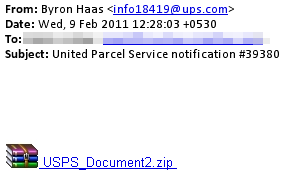 It’s been said that sunlight sanitizes almost everything it shines on. Beginning this week, and every week from now on, we’ll focus a concentrated beam on the rogue antivirus programs our support staff and Threat Research team have been working to remediate.
It’s been said that sunlight sanitizes almost everything it shines on. Beginning this week, and every week from now on, we’ll focus a concentrated beam on the rogue antivirus programs our support staff and Threat Research team have been working to remediate.
Rogues have a tendency to switch up their names, user interface, and other outward characteristics, while retaining most of the same internal functionality — and by functionality I mean the fraudulent tricks these forms of malware use to make it difficult for someone to identify them as malicious or remove them from an infected computer. It’s not as though the charlatans behind these scams (or their parents) ever made anything that was actually useful or desirable.
So for our inaugural Rogue of the Week post, we bring you notes on MS Removal Tool and XP Total Security, courtesy of Threat Research Analysts Brenden Vaughan and Stephen Ham.
read more…






























































